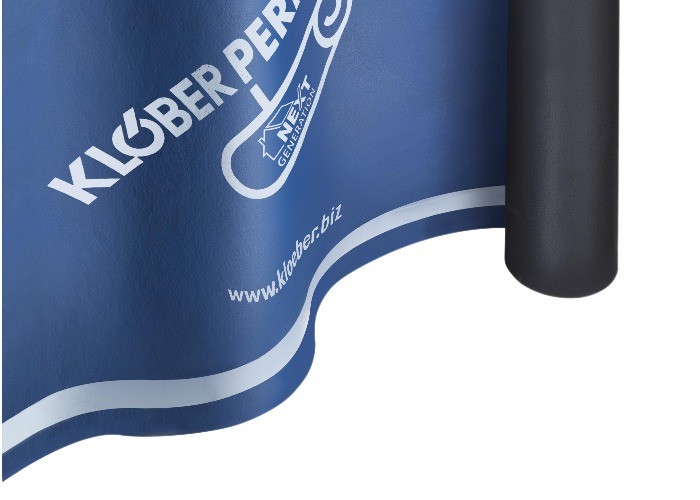
Unfortunately, low pitch roofing applications haven’t always had the best reputation. The primary reason being that on a poorly constructed low pitch, water can collect and, with nowhere to drain, the likelihood of water ingress is increased. When the right membrane solution is specified and installed correctly however, a low pitch roof can be constructed without concern
for future performance.
Why Choose a Low Pitch Membrane?
There are many practical and even financial reasons behind the decision to choose a low pitch roof, which is generally considered as needing to be 15 degrees or lower to qualify. Usually, for residential extension projects, such as side extensions like kitchens or bathrooms, a low pitch or a flat roof is necessary in order to not obstruct the view of second-storey upstairs windows. Furthermore, opting for a low pitch roof solution can also save money on the upfront material costs and reduce the installation time, when compared to other methods.
Membranes Explained
To explain, roofing membranes are strong weathering barriers installed underneath the roofing covering to protect against wind driven rain and snow. The most common types of pitched roofing membranes fall into two types - breathable and non-breathable membranes. Both provide the essential barrier needed to protect the property from possible ventilation problems and unexpected water ingress.
Other low pitch weathering options do exist, but generally these will be more costly and time consuming when compared to using a specific low pitch membrane (a membrane will need to be installed in most situations anyway). A secondary build-up layer, like a thin decking, can be used, or alternatively some systems are available that incorporate weathering devices which
need to be installed underneath every single tile or slate. With these options however, it is often mandatory to install them alongside the manufacturer specific membrane, which decreases flexibility and limits the product choices for roofing contractors.
Innovation
Over the years, membranes have become more technical and specific in design. This is especially true for low pitch applications that need specific membrane solutions to succeed or will otherwise fail. To solve the challenges represented by low pitch roofing, Klober’s Permo Extreme, for instance, has been developed to precisely deliver solutions where other membranes can’t and caters for pitches as low as 12.5º for profile tiles, 15º for slates and 22.5º for plain tiles. Permo Extreme is also much stronger than the average underlay on the market, in order to greatly reduce the risk of ripping and tearing whilst installation takes place.
To complement the strides taken to improve membranes, significant investments have been made into the development of accessories such as membrane tapes, and this has also improved roofing performance. One example of such innovation is Klober’s Permo Extreme, which comes with double, self-adhesive strips to provide a guaranteed permanent seal of
overlaps. It is important to choose wisely and recognise that not all tapes are made equally. Failure to use tapes compatible with the chosen membrane can lead to subsequent failures.
To complement the strides taken to improve roofing membranes, significant investments have been made into the development of accessories such as membrane tapes, and this has subsequently improved roofing membrane performance. One example of such innovation is Klober’s Permo Extreme, which comes with double, self-adhesive tapes to provide a guaranteed permanent seal for overlaps. It is important to choose wisely and recognise that not all tapes are made equally. Failure to use tapes compatible with the chosen membrane can lead to subsequent failures.
Why it’s important
The correct low pitch roofing membrane will ensure that roofing contractors can overcome low pitch roofing installation challenges with both confidence and security that the roof will perform. This cannot be underestimated, as even with all the right precautions taken in terms of water drainage and overall roofing performance, low pitch applications represent a particularly unique challenge. This is why selecting a high-performance membrane solution can make all the
difference in such applications.
Roofing contractors can now complete projects with the peace of mind and reassurance that in a low pitch roofing application, performance doesn’t have to be compromised when the correct products have been chosen. With the help of manufacturers who continue to innovate membrane performance and target specific project applications, building and roofing contractors can be supported with the most up to date roofing product solutions, specification support and installation guidance.
To find out more about Klober’s low pitched roofing membrane solution, Permo Extreme, click here.